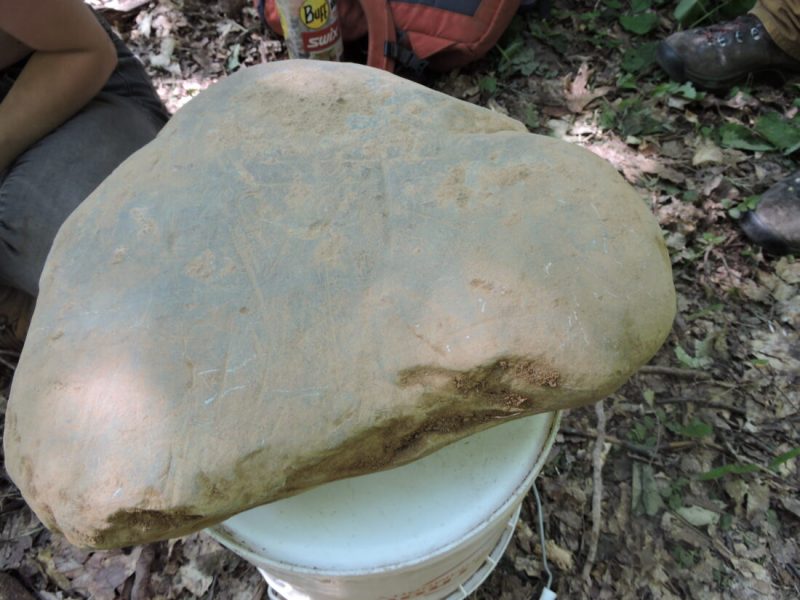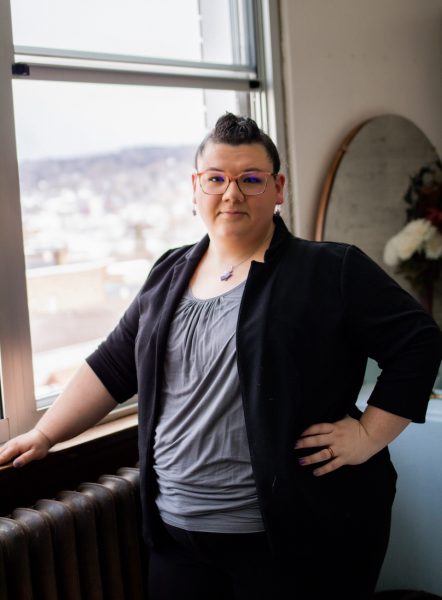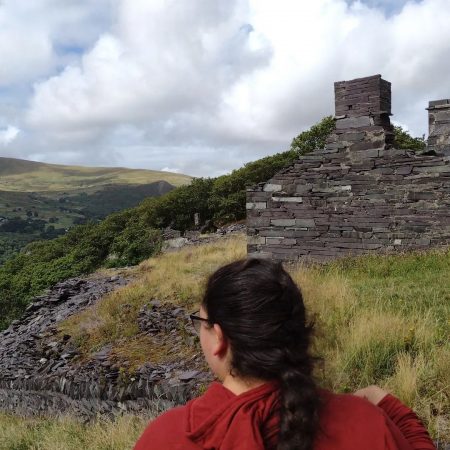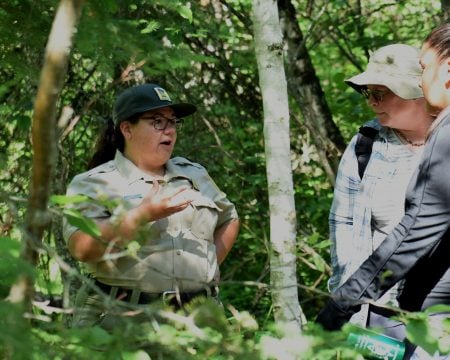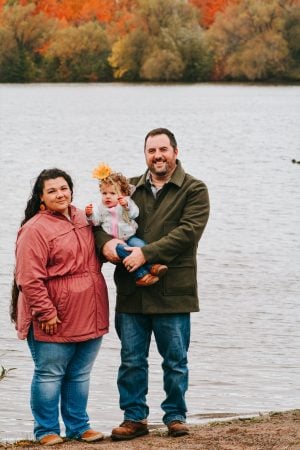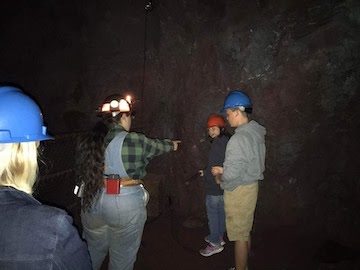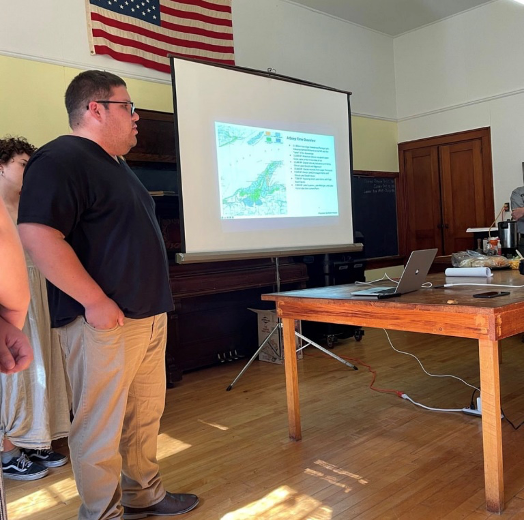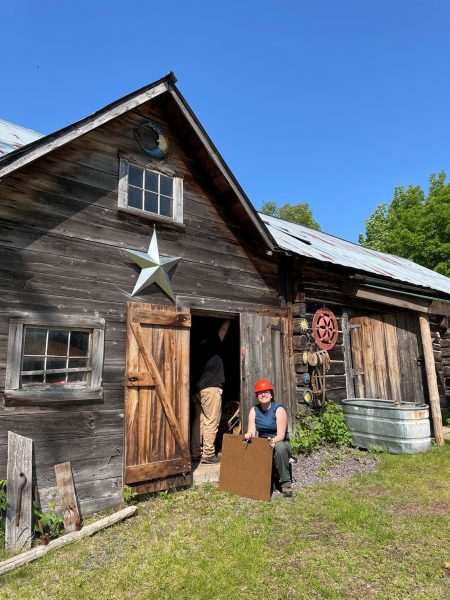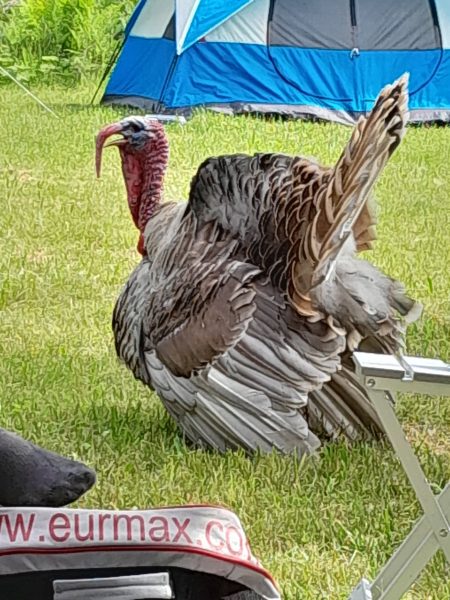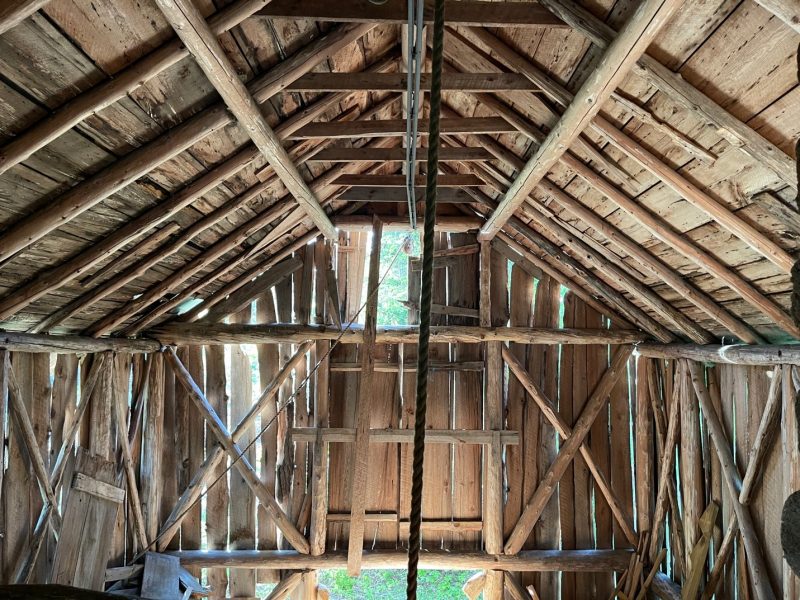With just a few days left in the archeology field school term, the site trenches and pits that have been excavated have revealed some significant artifacts!
Learn more about a stone that appears to be a tool used extensively for grinding! The face of the rock, which is in stark contrast to other rocks unearthed in the trench, indicates that the marks and smoothness are cultural or man-made.
Read the full article at The Daily Mining Gazette.
